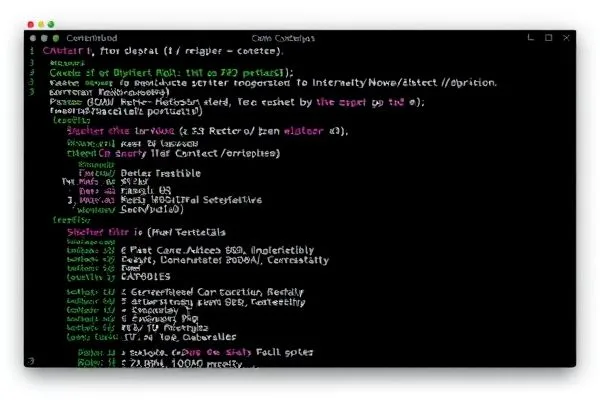The recent discovery of the Ballista botnet has illuminated a significant cybersecurity threat stemming from unpatched vulnerabilities in TP-Link routers. This sophisticated botnet exploits a critical security flaw, enabling widespread infections and malicious operations. This blog post delves into the mechanisms of the Ballista botnet, its implications for affected devices, and the importance of robust security measures for networked equipment.
Key Takeaways:
- The Ballista botnet targets TP-Link Archer routers through a serious RCE vulnerability.
- Active exploitation has led to over 6,000 devices being compromised, primarily in several countries.
- Robust security practices can mitigate risks associated with inherent vulnerabilities in consumer-grade network equipment.
The Ballista Botnet: A Closer Look at the Threat
Researchers from the Cato CTRL team have revealed that the Ballista botnet utilizes a remote code execution (RCE) vulnerability tracked as CVE-2023-1389. This flaw affects various TP-Link Archer router models, allowing attackers to execute arbitrary code remotely. It acts as a gateway for malicious actors to hijack affected devices, potentially leading to extensive data breaches or the initiation of denial-of-service (DoS) attacks.
The botnet’s architecture utilizes a shell script, dubbed ‘dropbpb.sh,’ which fetches and executes a main binary that is capable of adapting to various system architectures. Once activated, it establishes an encrypted channel for command-and-control operations, allowing the attackers to issue commands that further compromise device integrity or conduct network-wide attacks.
This botnet has already demonstrated its capability to not only replicate itself but also to exploit the same vulnerability to infiltrate additional devices. Such a rapid proliferation poses a significant threat to personal and corporate networks alike, further emphasizing the need for vigilance in cybersecurity practices.
Mitigation Strategies and Best Practices
Given the ongoing threat posed by the Ballista botnet and similar emerging threats, it is imperative for organizations and individuals to adopt comprehensive security strategies. Regularly updating firmware on network devices is the first line of defense, significantly reducing the risk of exploitation. Implementing network segmentation can also help to isolate potentially compromised devices from critical infrastructure.
Moreover, adopting rigorous monitoring practices can aid in identifying unusual patterns of behavior indicative of a possible compromise. Keeping abreast of emerging vulnerabilities through reputable sources, like the Cato Networks blog, is essential for timely response to threats.
Conclusion
The Ballista botnet serves as a stark reminder of the cybersecurity risks associated with unpatched vulnerabilities in widely used devices. As the threat landscape becomes increasingly complex, understanding these threats and implementing proactive security measures can drastically improve the security posture of organizations and individuals alike. The imperative is clear: stay informed, stay updated, and prioritize network security to safeguard against such malicious campaigns.









